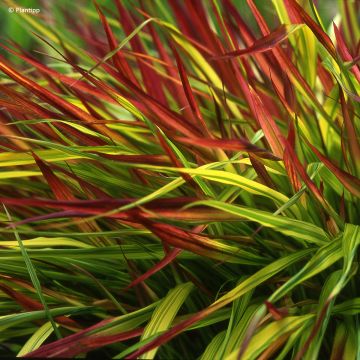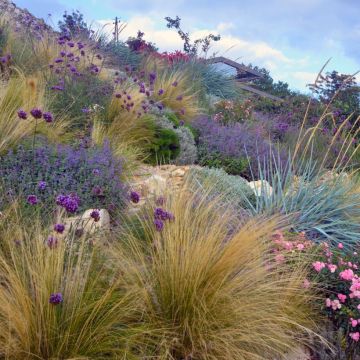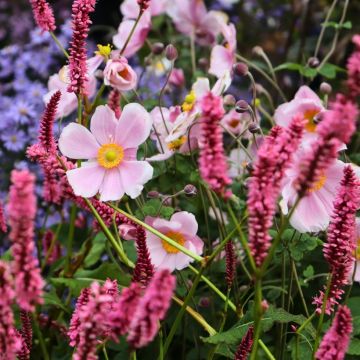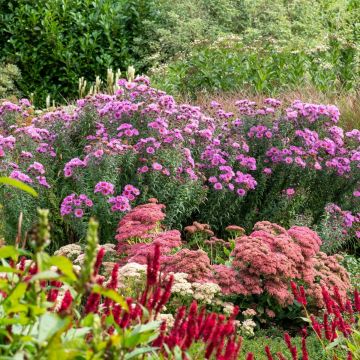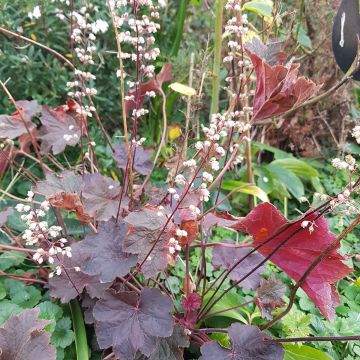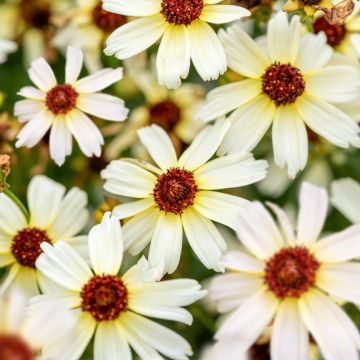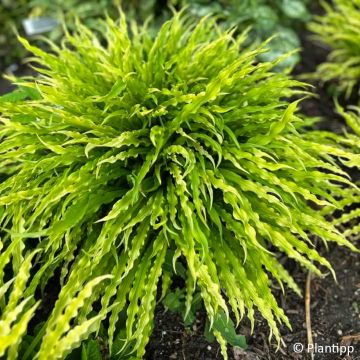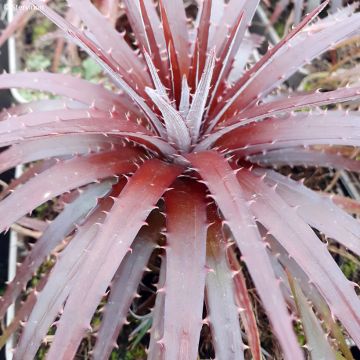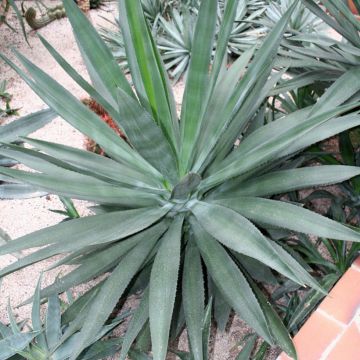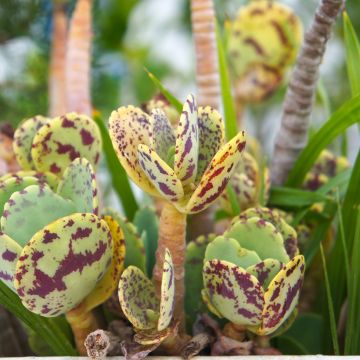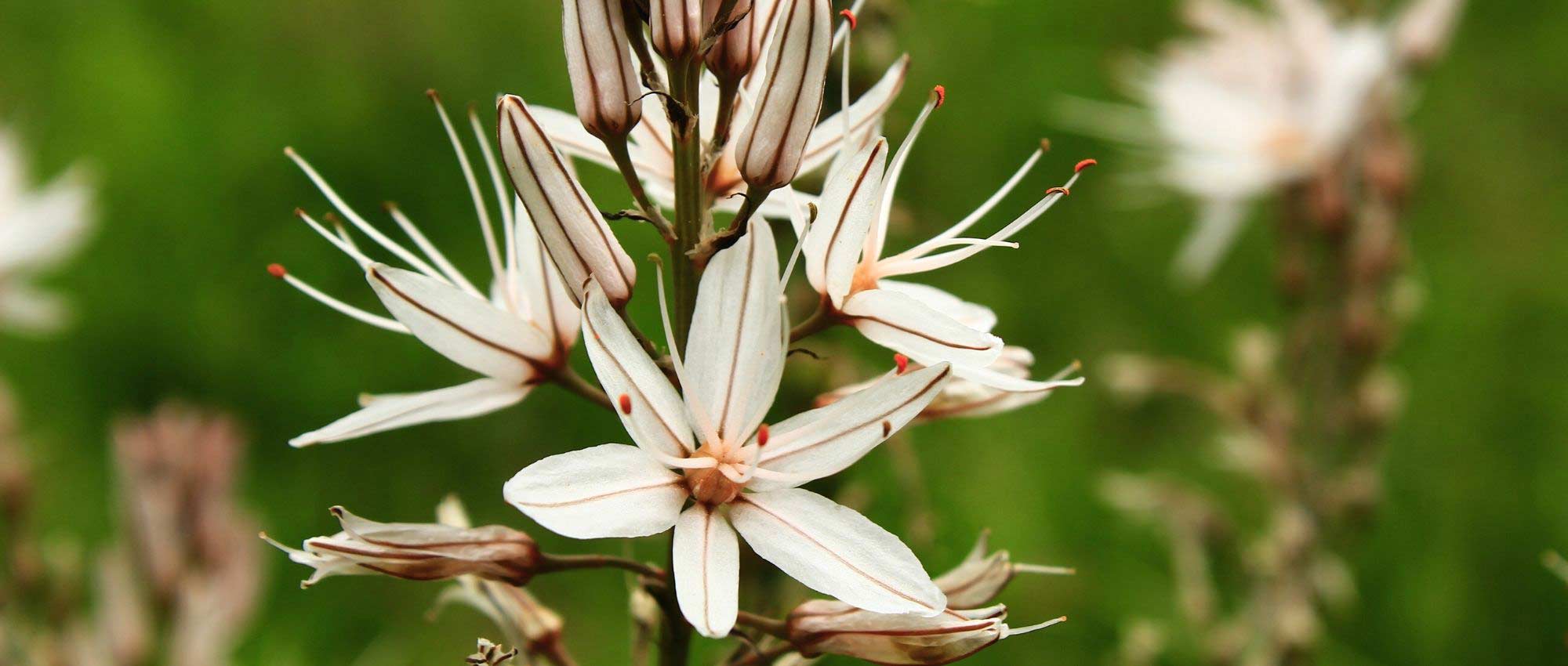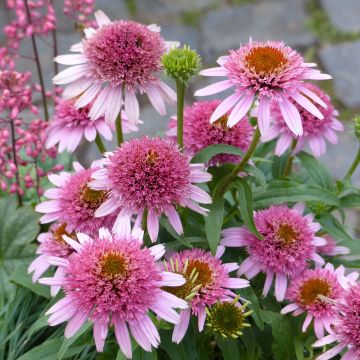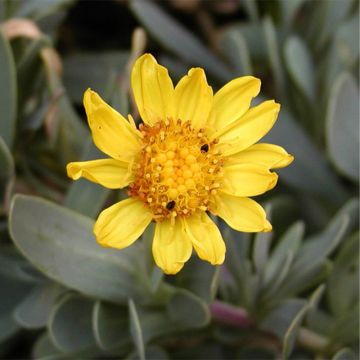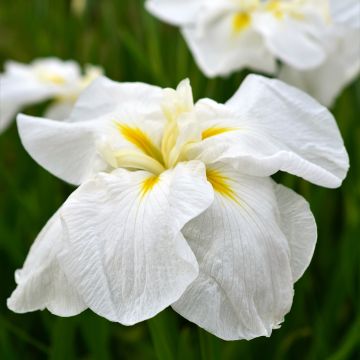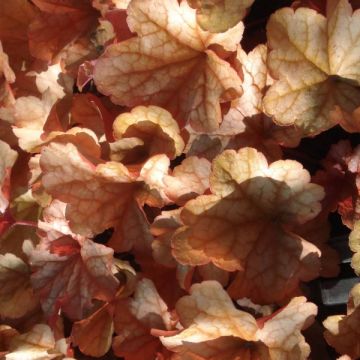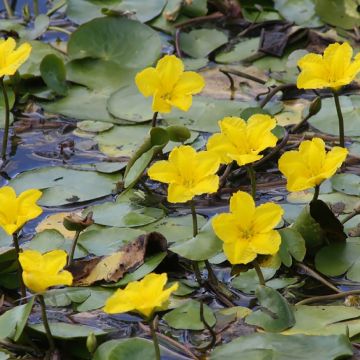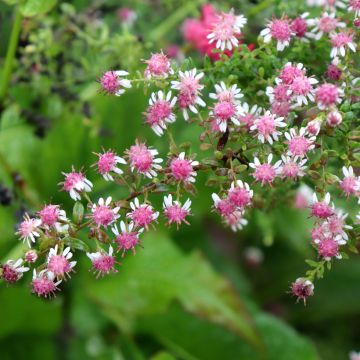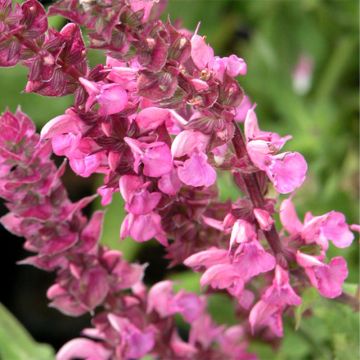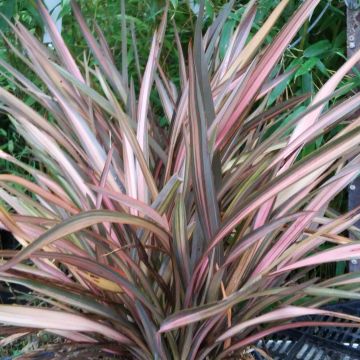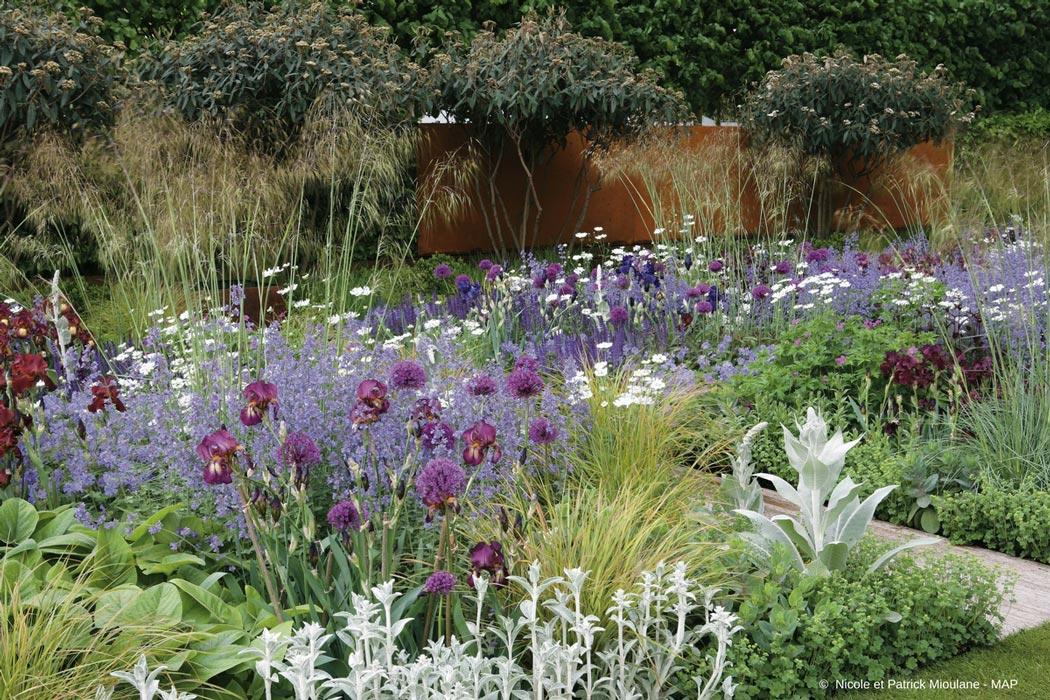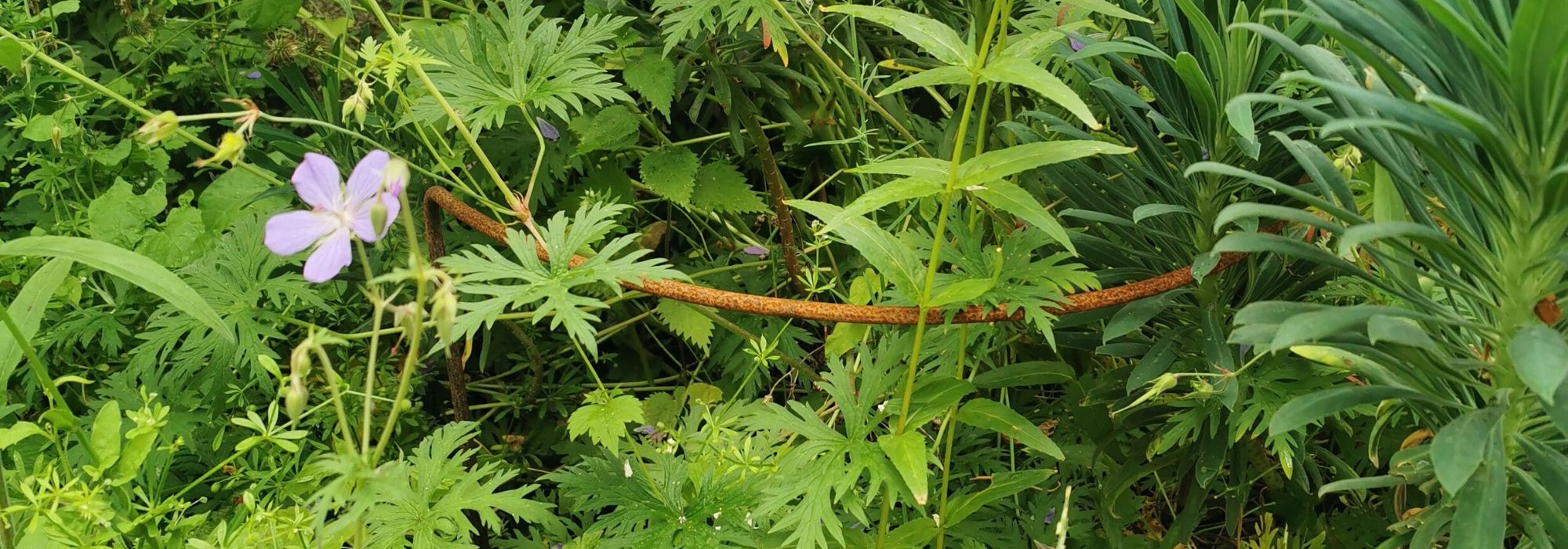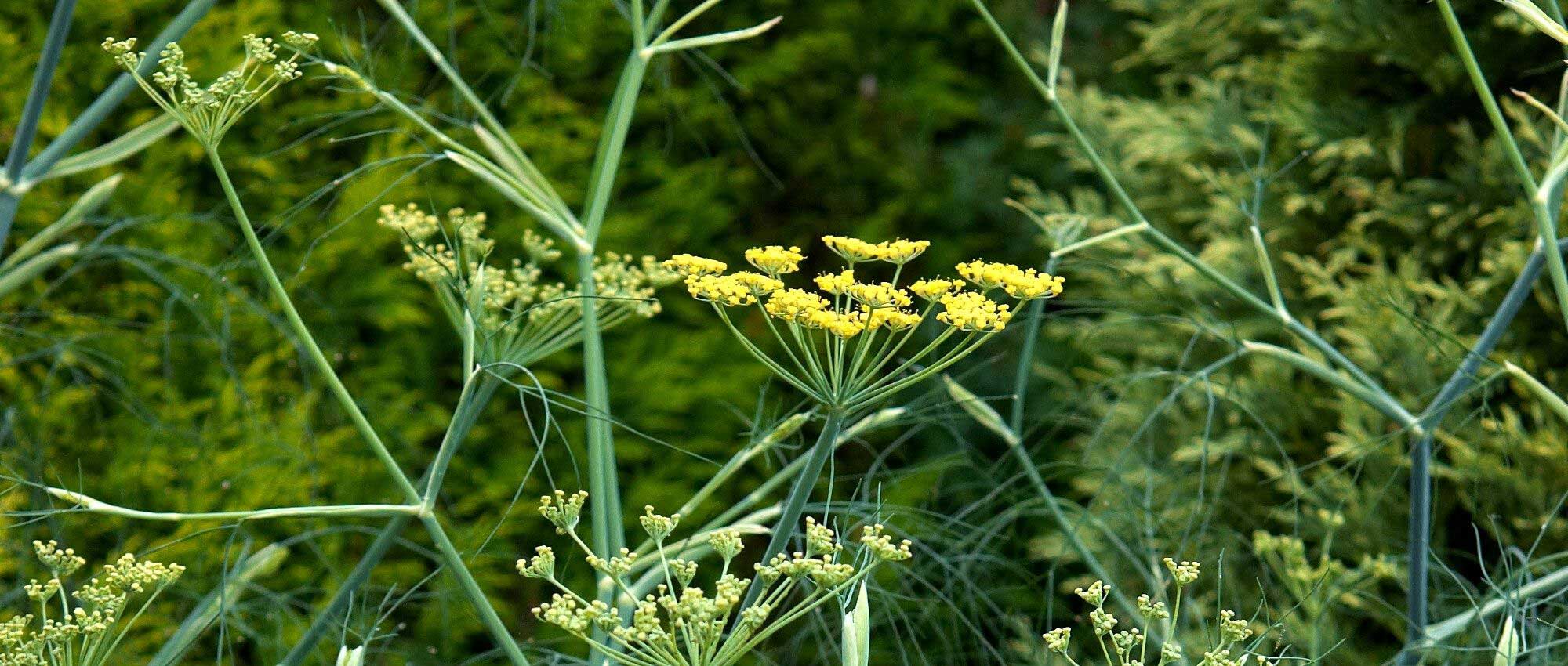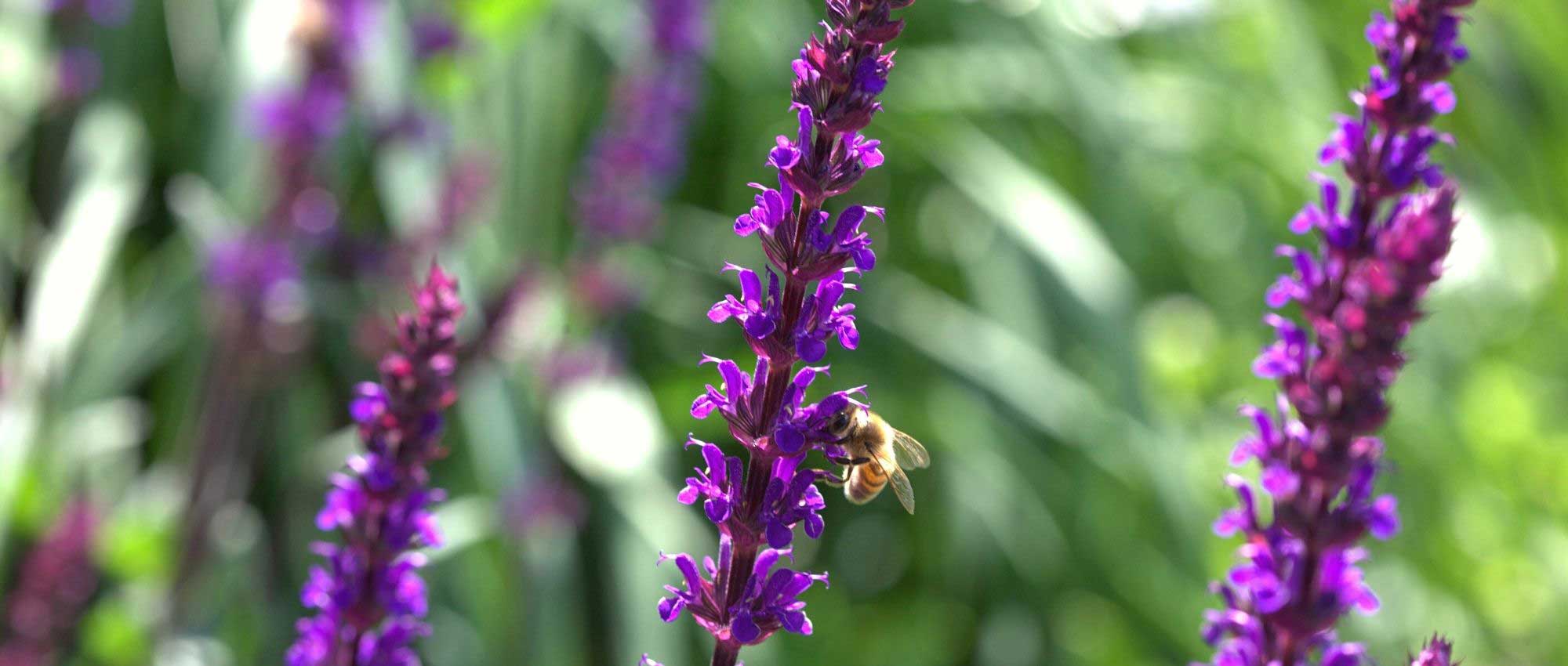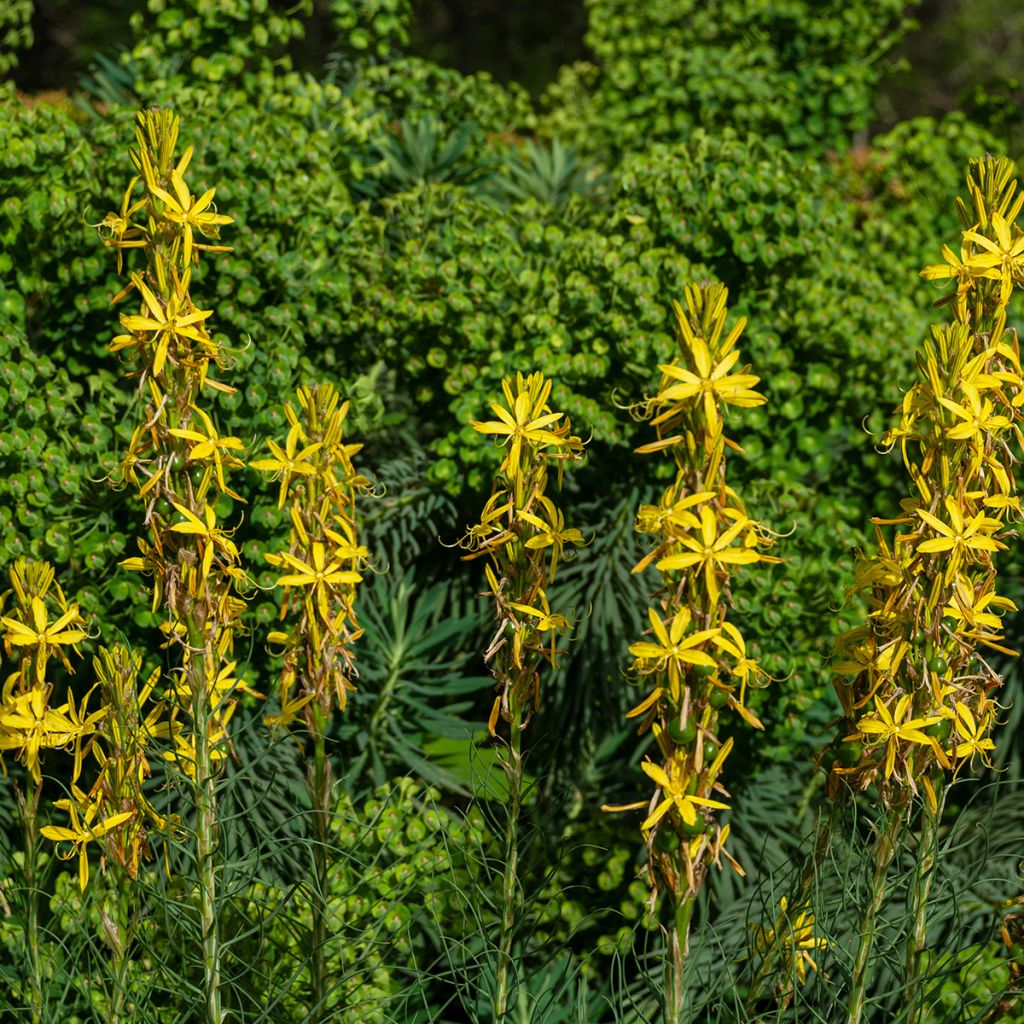

Asphodeline liburnica - Jacob's Rod
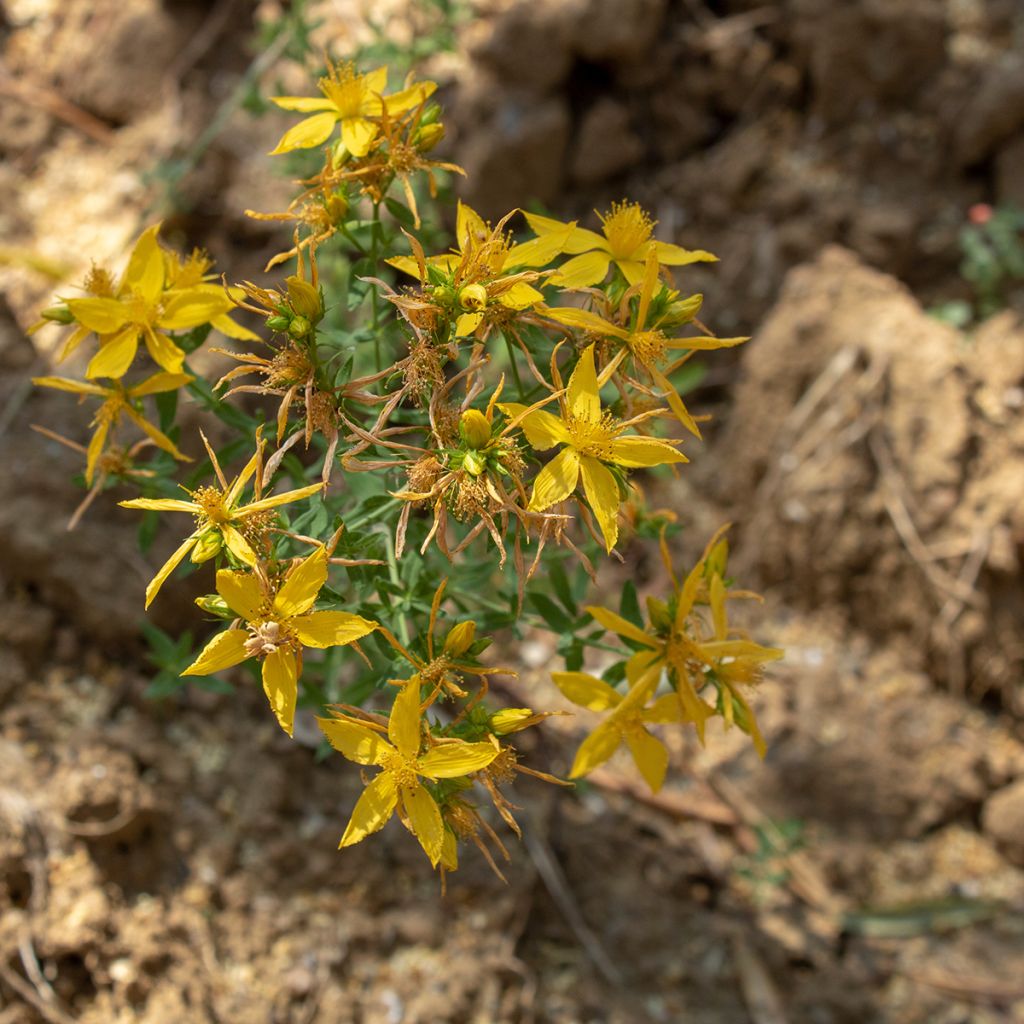

Asphodeline liburnica - Jacob's Rod
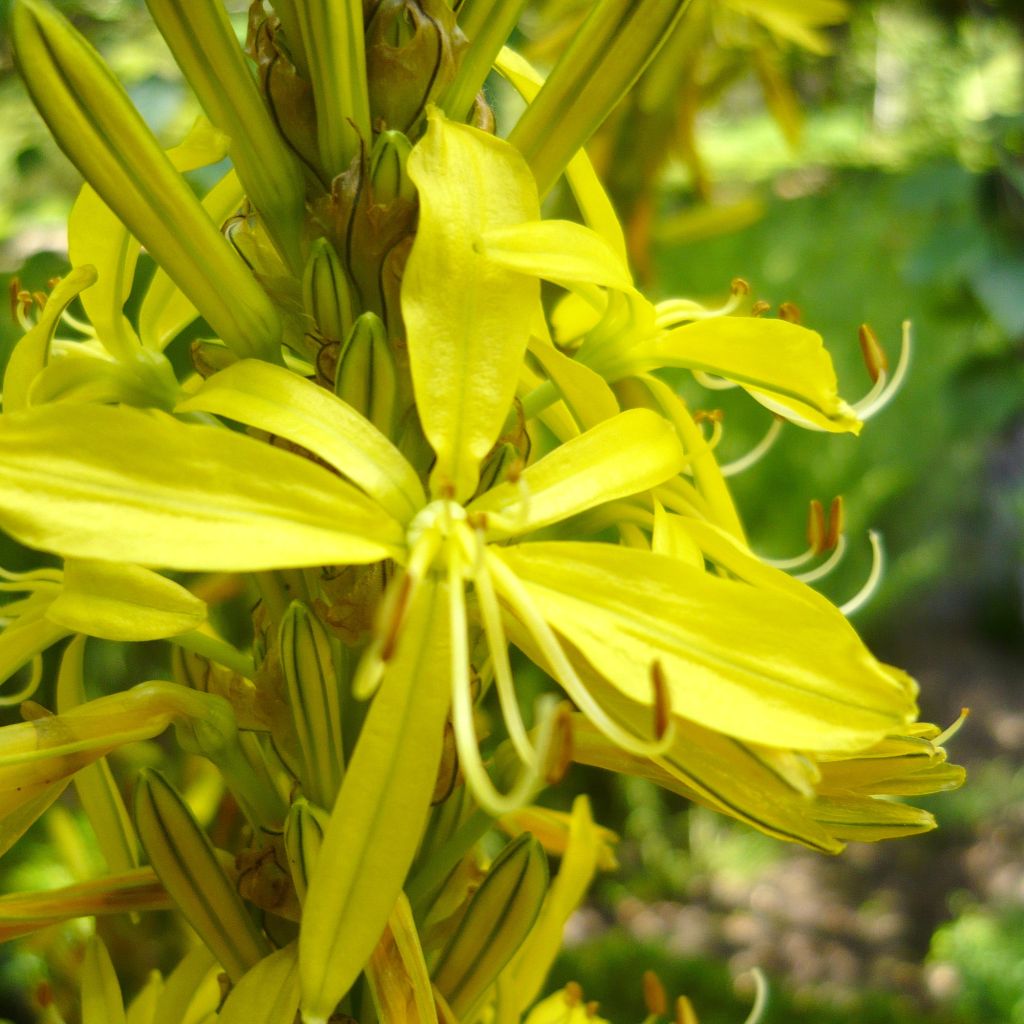

Asphodeline liburnica - Jacob's Rod
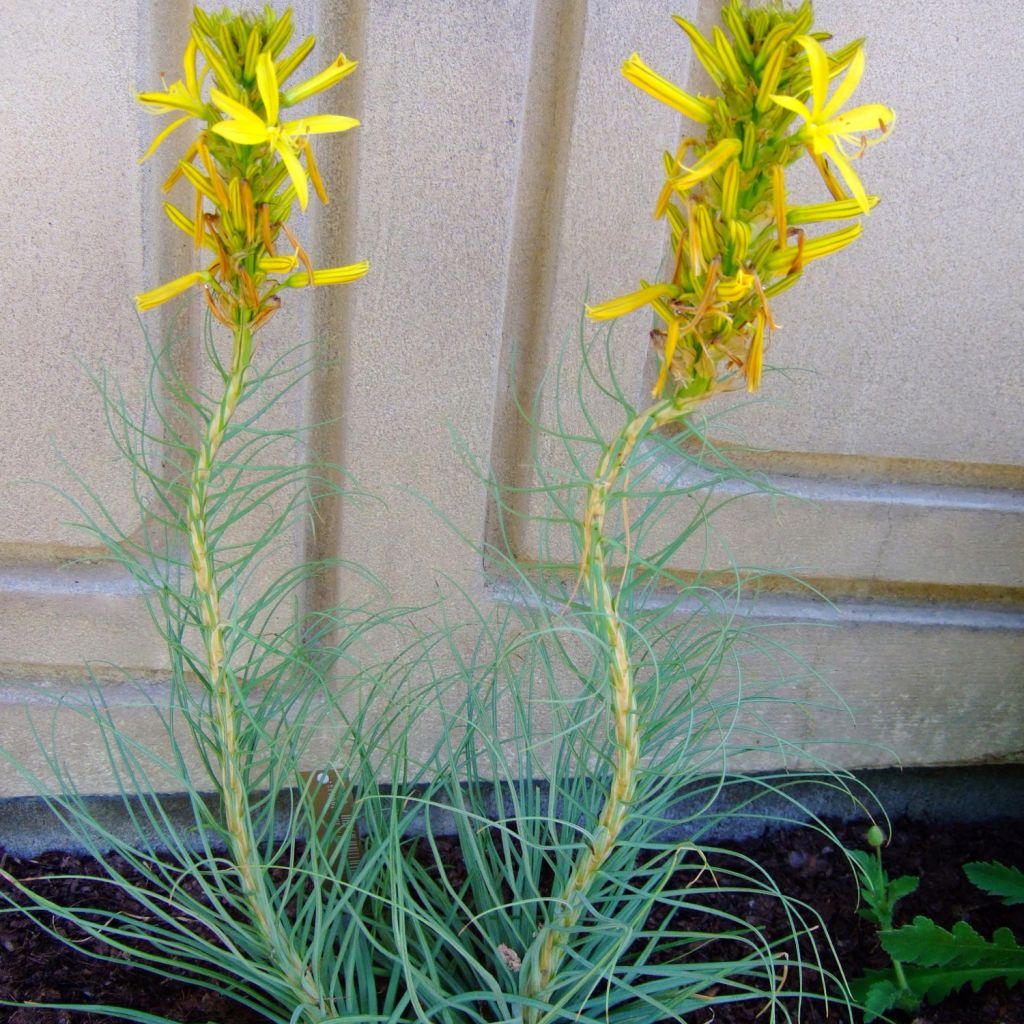

Asphodeline liburnica - Jacob's Rod
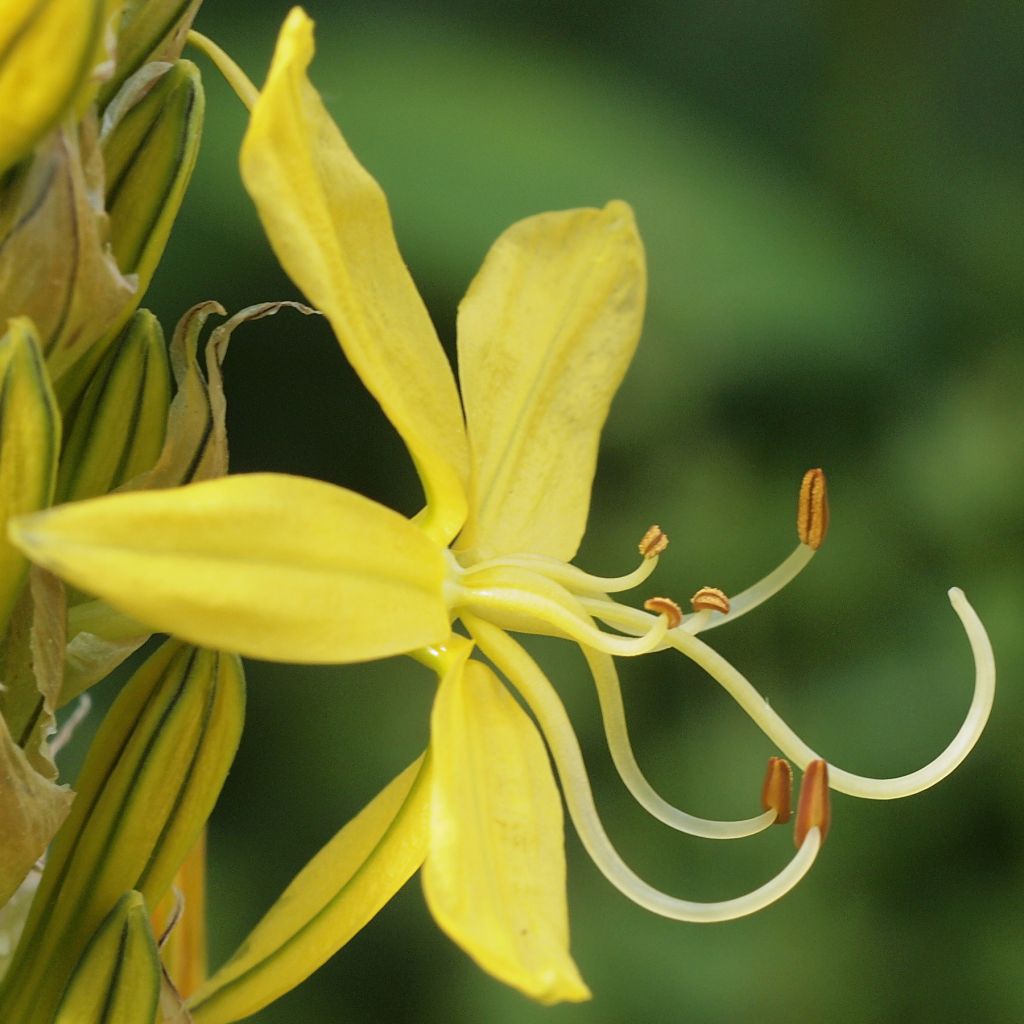

Asphodeline liburnica - Jacob's Rod
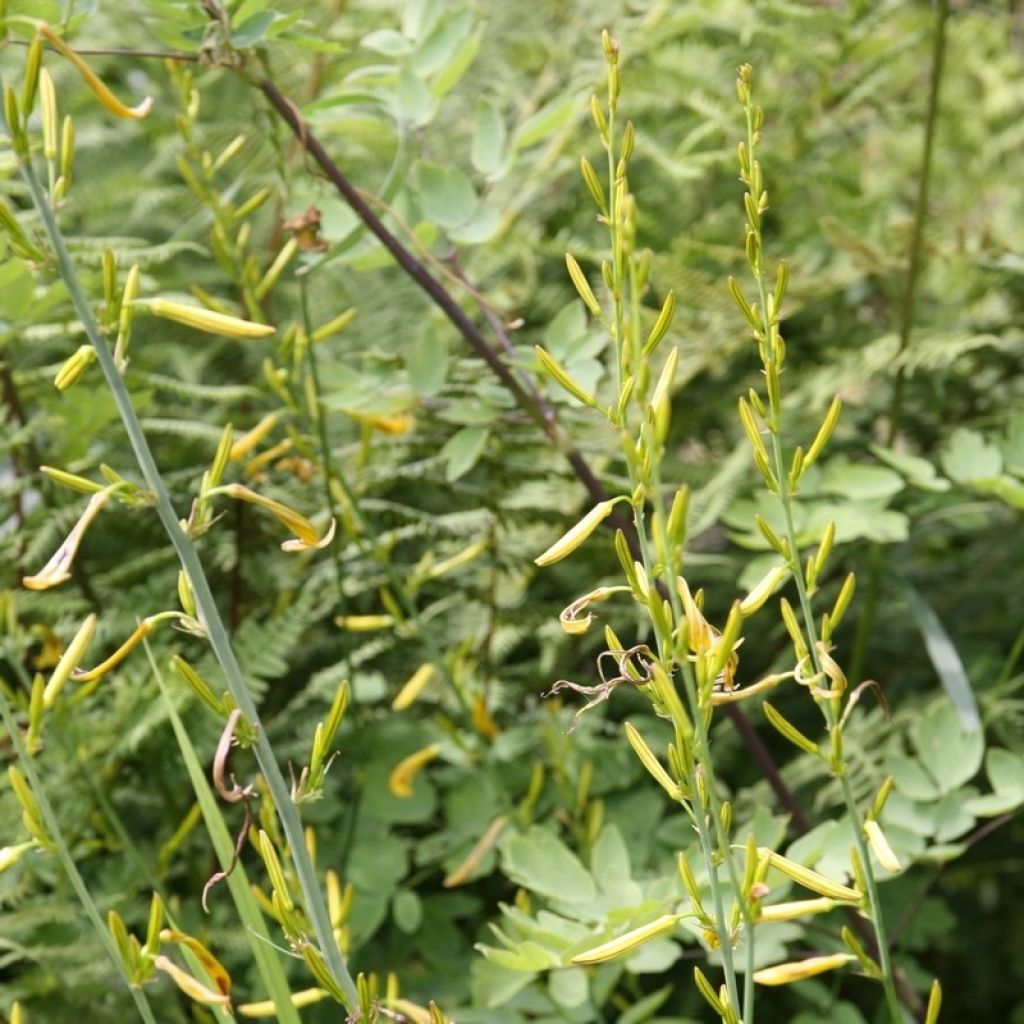

Asphodeline liburnica - Jacob's Rod
Asphodeline liburnica - Jacob's Rod
Asphodeline liburnica
Liburne Asphodel, Croatian Asphodel, Jacob's Rod
Special offer!
Receive a €20 voucher for any order over €90 (excluding delivery costs, credit notes, and plastic-free options)!
1- Add your favorite plants to your cart.
2- Once you have reached €90, confirm your order (you can even choose the delivery date!).
3- As soon as your order is shipped, you will receive an email containing your voucher code, valid for 3 months (90 days).
Your voucher is unique and can only be used once, for any order with a minimum value of €20, excluding delivery costs.
Can be combined with other current offers, non-divisible and non-refundable.
Why not try an alternative variety in stock?
View all →This plant carries a 12 months recovery warranty
More information
We guarantee the quality of our plants for a full growing cycle, and will replace at our expense any plant that fails to recover under normal climatic and planting conditions.
Does this plant fit my garden?
Set up your Plantfit profile →
Description
Asphodeline liburnica, sometimes called Jacob's Rod because of its resemblance to Asphodeline lutea, is a distinct Mediterranean species displaying a more flexible habit, finer foliage and more delicate, somewhat lighter flowers that bloom later in the season. This perennial produces tall stems adorned with beautiful light and bright yellow flowers, reminiscent of lilies or very delicate daylilies. They seem to emerge from a graceful clump, reminiscent of fennel. Ideal in a dry garden, it likes heat but adapts well to cool regions as long as the soil is very well drained and hardy. Stunning in a natural, water-saving garden, it is perfect in poor and rocky soils.
Asphodeline liburnica is a plant belonging to the Asphodelaceae family, along with lilies. It is native to the regions of the eastern Mediterranean basin, especially Greece, where it grows in somewhat humid areas and clear undergrowth, while Asphodeline lutea emerges from rocky areas and arid pastures. This tuberous-rooted perennial forms a clump of leafy stems, reaching a height of 80 cm (32 in) to 1 m (3 ft) when in bloom and a width of about 50 cm (20 in). The very light, linear, narrow foliage, more abundant towards the bottom of the sparsely branched stems, is greyish-green in colour. Flowering takes place from June-July to August, depending on the climate. It is earlier in Mediterranean climates but follows that of Asphodeline lutea. The light yellow flowers with 6 thin petals arranged in a star shape open in the morning and close in the evening. They are located towards the often branched end of rigid stems. Its foliage persists in winter while it disappears after flowering. The plant easily self-seeds in the driest areas of the garden.
Asphodelines find their place in rockeries and scree gardens but are also superb when isolated in paving. Their grass-like foliage pairs well with plants with wide leaves such as large sedums, the round and velvety foliage of Ballota pseudodictamnus or the round and thorny mass of Sarcopoterium spinosum, as well as blue summer blooms. Salvia chamaedryoides, Perovskia 'Blue Spire', and lavenders are lovely companions for this remarkably architectural, yet simple, yellow flower, .
Some believe that Asphodeline lutea and Asphodeline liburnica are two identical species, but when seen side by side, the difference in overall silhouette, habit, and flowering is clearly noticeable.
Asphodeline liburnica - Jacob's Rod in pictures
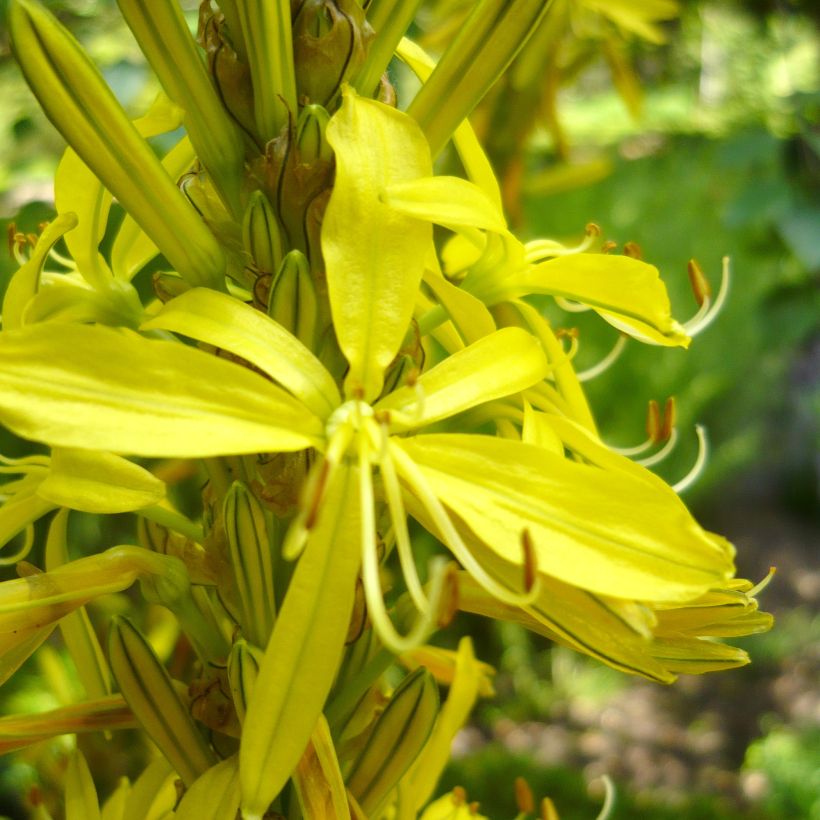

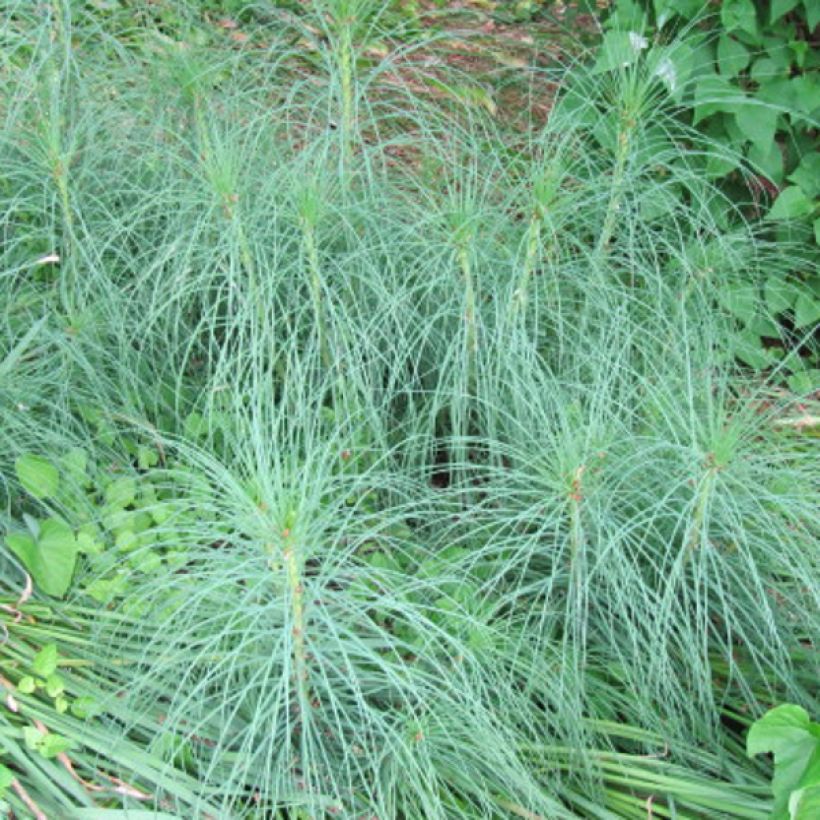

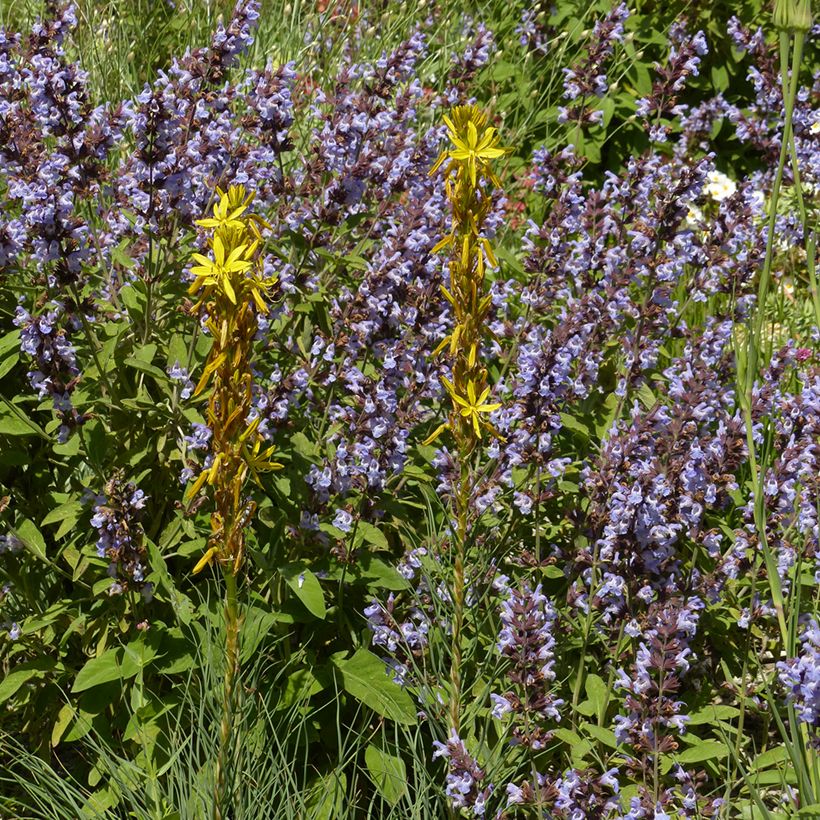

Flowering
Foliage
Plant habit
Botanical data
Asphodeline
liburnica
Asphodelaceae
Liburne Asphodel, Croatian Asphodel, Jacob's Rod
Mediterranean
Other Perennials A to Z
View all →Planting and care
Asphodeline Liburnica grows spontaneously on porous, rather poor and dry soils in summer. This plant is very adaptable to the nature of the soil and accepts both limestone and sandy or stony soils, as long as they are properly drained and do not retain winter moisture. Its roots also settle in rocky soils. Under these conditions, this plant will be hardy down to -12/-15 °C (10.4/5 °F). It is best planted in full sun or even in partial shade in hot climates, in a well-exposed or even windy position. This perennial is very resistant to summer drought, only fearing dense shade and competition from other plants. Remove faded flowers if you want to avoid spontaneous sowing.
Planting period
Intended location
Care
Planting & care advice
This item has not been reviewed yet - be the first to leave a review about it.
Haven't found what you were looking for?
Hardiness is the lowest winter temperature a plant can endure without suffering serious damage or even dying. However, hardiness is affected by location (a sheltered area, such as a patio), protection (winter cover) and soil type (hardiness is improved by well-drained soil).

Photo Sharing Terms & Conditions
In order to encourage gardeners to interact and share their experiences, Promesse de fleurs offers various media enabling content to be uploaded onto its Site - in particular via the ‘Photo sharing’ module.
The User agrees to refrain from:
- Posting any content that is illegal, prejudicial, insulting, racist, inciteful to hatred, revisionist, contrary to public decency, that infringes on privacy or on the privacy rights of third parties, in particular the publicity rights of persons and goods, intellectual property rights, or the right to privacy.
- Submitting content on behalf of a third party;
- Impersonate the identity of a third party and/or publish any personal information about a third party;
In general, the User undertakes to refrain from any unethical behaviour.
All Content (in particular text, comments, files, images, photos, videos, creative works, etc.), which may be subject to property or intellectual property rights, image or other private rights, shall remain the property of the User, subject to the limited rights granted by the terms of the licence granted by Promesse de fleurs as stated below. Users are at liberty to publish or not to publish such Content on the Site, notably via the ‘Photo Sharing’ facility, and accept that this Content shall be made public and freely accessible, notably on the Internet.
Users further acknowledge, undertake to have ,and guarantee that they hold all necessary rights and permissions to publish such material on the Site, in particular with regard to the legislation in force pertaining to any privacy, property, intellectual property, image, or contractual rights, or rights of any other nature. By publishing such Content on the Site, Users acknowledge accepting full liability as publishers of the Content within the meaning of the law, and grant Promesse de fleurs, free of charge, an inclusive, worldwide licence for the said Content for the entire duration of its publication, including all reproduction, representation, up/downloading, displaying, performing, transmission, and storage rights.
Users also grant permission for their name to be linked to the Content and accept that this link may not always be made available.
By engaging in posting material, Users consent to their Content becoming automatically accessible on the Internet, in particular on other sites and/or blogs and/or web pages of the Promesse de fleurs site, including in particular social pages and the Promesse de fleurs catalogue.
Users may secure the removal of entrusted content free of charge by issuing a simple request via our contact form.
The flowering period indicated on our website applies to countries and regions located in USDA zone 8 (France, the United Kingdom, Ireland, the Netherlands, etc.)
It will vary according to where you live:
- In zones 9 to 10 (Italy, Spain, Greece, etc.), flowering will occur about 2 to 4 weeks earlier.
- In zones 6 to 7 (Germany, Poland, Slovenia, and lower mountainous regions), flowering will be delayed by 2 to 3 weeks.
- In zone 5 (Central Europe, Scandinavia), blooming will be delayed by 3 to 5 weeks.
In temperate climates, pruning of spring-flowering shrubs (forsythia, spireas, etc.) should be done just after flowering.
Pruning of summer-flowering shrubs (Indian Lilac, Perovskia, etc.) can be done in winter or spring.
In cold regions as well as with frost-sensitive plants, avoid pruning too early when severe frosts may still occur.
The planting period indicated on our website applies to countries and regions located in USDA zone 8 (France, United Kingdom, Ireland, Netherlands).
It will vary according to where you live:
- In Mediterranean zones (Marseille, Madrid, Milan, etc.), autumn and winter are the best planting periods.
- In continental zones (Strasbourg, Munich, Vienna, etc.), delay planting by 2 to 3 weeks in spring and bring it forward by 2 to 4 weeks in autumn.
- In mountainous regions (the Alps, Pyrenees, Carpathians, etc.), it is best to plant in late spring (May-June) or late summer (August-September).
The harvesting period indicated on our website applies to countries and regions in USDA zone 8 (France, England, Ireland, the Netherlands).
In colder areas (Scandinavia, Poland, Austria...) fruit and vegetable harvests are likely to be delayed by 3-4 weeks.
In warmer areas (Italy, Spain, Greece, etc.), harvesting will probably take place earlier, depending on weather conditions.
The sowing periods indicated on our website apply to countries and regions within USDA Zone 8 (France, UK, Ireland, Netherlands).
In colder areas (Scandinavia, Poland, Austria...), delay any outdoor sowing by 3-4 weeks, or sow under glass.
In warmer climes (Italy, Spain, Greece, etc.), bring outdoor sowing forward by a few weeks.






























